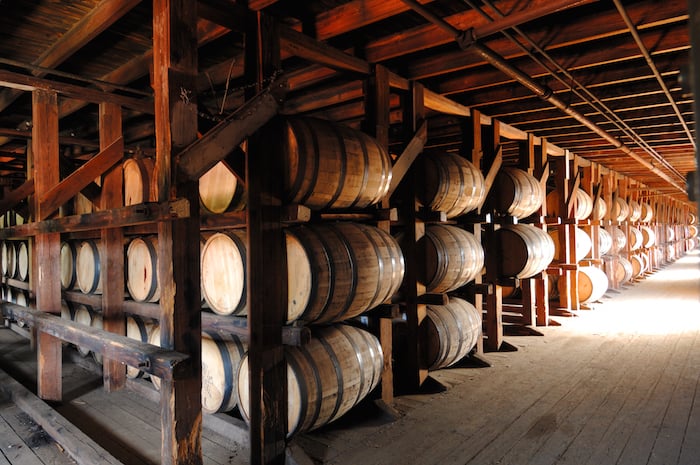It is with a sad heart we report on the passing of a 20+ year old bourbon from Buffalo Trace which easily could have joined the list of uber-aged mythical American whiskies we recently wrote about. This unnamed expression is simply known by the distillery as “failed experiment.”
The 26 year old bourbon, according to Buffalo Trace master distiller Harlan Wheatly, had been put to barrel “in 1988 and the rivets bore the letters ‘LK,’ meaning it was produced in Lebanon Ky., by Independent Stave Company, Buffalo Trace’s primary barrel supplier.” It was part of more than 4,000 experimental barrels of whisky aging in the distillery’s warehouses, and very likely was one of the oldest on hand.

Samples were recently drawn from this barrel for evaluation, and the results, to say the least, were not what one would hope for from such a prized, older bourbon. Specifically, those tasting it described it as “vinegary sour, unpleasant, disappointing” and “very bitter and lingering aftertaste.”
“The majority of our experiments we’ve conducted over the past thirty years have been successful – we’ve experimented – and released whiskies featuring unique recipes, oak barrels, entry proofs and more,” said Wheatley in a statement. “Every once in a while, the experiments do not turn out as planned, and we’re not comfortable with releasing them if they do not need meet our standards. However, that doesn’t mean that we shouldn’t talk about our failures too, because that’s how we all learn, both as a company and as an industry as a whole.”
This now dead to the world bourbon, noted the distillery, has been bottled with a label clearly stating “FAILED EXPERIMENT” and archived at Buffalo Trace for future research. It joins other disappointments such as some small 5, 10 and 15 gallon barrels; an experimental whiskey using barley; experiments with varying barrel stave thickness, ranging from ¾ inch to one inch thickness; experimental barrels with rough saw joints, and a whiskey experiment using sour wood, amongst others.



